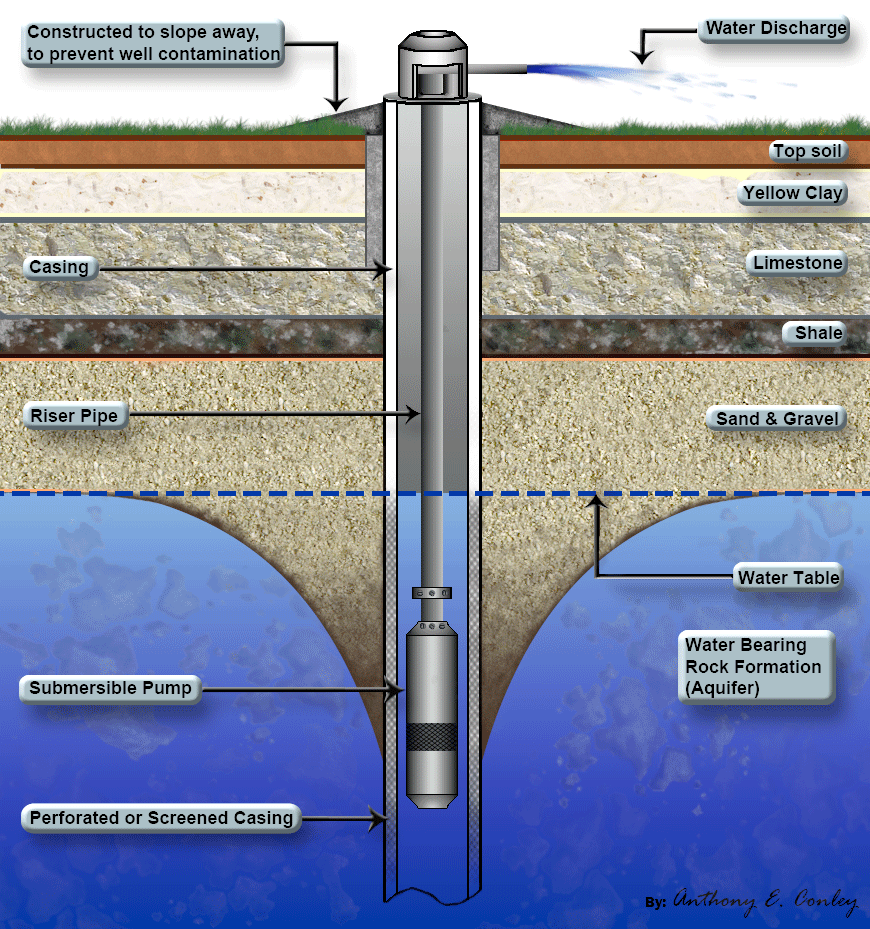
Koi Pond Electrics: How to Safely and Efficiently Power Your Koi Pond
Introduction
Koi ponds are a beautiful and serene addition to any garden or backyard. However, maintaining a koi pond requires more than just adding fish and plants. The electrics that power your koi pond are an important component of its overall health and maintenance. In this article, we will focus on the best practices for wiring and powering your koi pond equipment to ensure your fish and pond remain safe and healthy.
Wiring Your Pond System
When it comes to wiring your pond system, safety should always be your number one priority. Water and electricity can be a dangerous combination, so it is vital that you take the necessary precautions when setting up your koi pond electrics.

Submersible Pumps
Submersible pumps are an essential part of any koi pond system. They are responsible for circulating water throughout the pond and keeping it clean and healthy for your fish. When wiring your submersible pump, it is important to use a waterproof connector box and ensure that the cable is properly secured to the pump and any nearby objects. The cable should also be run through a conduit or PVC pipe to protect it from damage and wear and tear.

Filtration and UV Clarifiers
Filtration and UV clarifiers are also crucial components of any koi pond system. They work together to remove debris and harmful bacteria from the water, keeping your fish healthy and happy. When wiring your filtration and UV clarifiers, it is important to follow the manufacturer’s instructions and use the appropriate cables and connectors. Make sure to also install a Ground Fault Circuit Interrupter (GFCI) outlet or breaker to protect against electrical shock.

Safety Precautions
While wiring your koi pond electrics, it is important to take the necessary safety precautions to avoid any potential hazards. Here are some basic safety tips to keep in mind:
- Always turn off the power before working on your pond equipment.
- Use a Ground Fault Circuit Interrupter (GFCI) outlet or breaker to protect against electrical shock.
- Weatherproof all electrical connections and use waterproof connector boxes.
- Use only cables and connectors that are rated for outdoor and underwater use.
- Run cables through a conduit or PVC pipe to protect against wear and tear.
- Inspect your electrics regularly for signs of damage or wear and tear.
Conclusion
Wiring your koi pond electrics can seem daunting, but it is an important part of maintaining a healthy and beautiful koi pond. Just remember to prioritize safety, follow the manufacturer’s instructions, and use the appropriate cables and connectors. With these tips in mind, you will be well on your way to creating an oasis for your fish and a serene retreat for yourself.